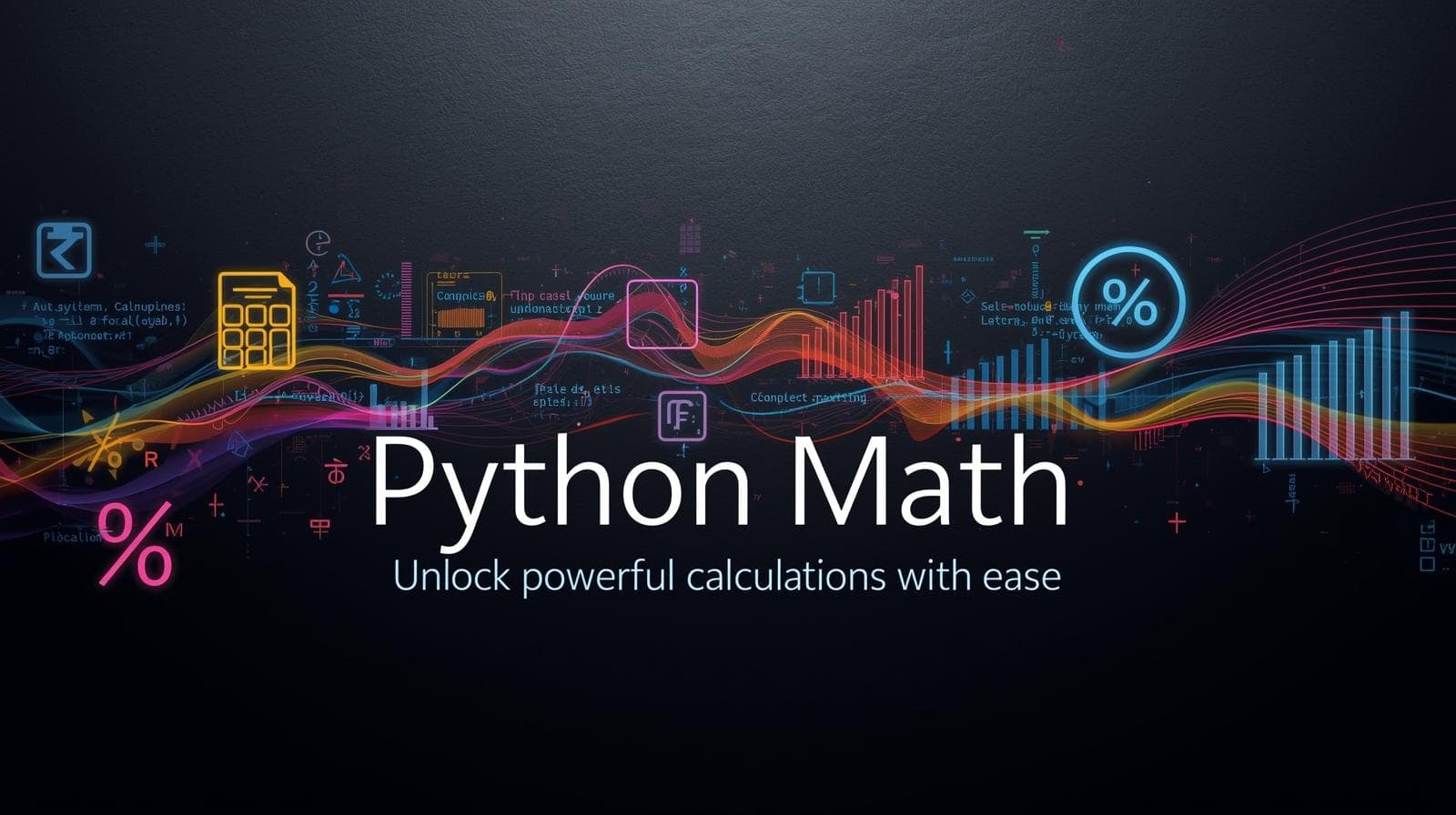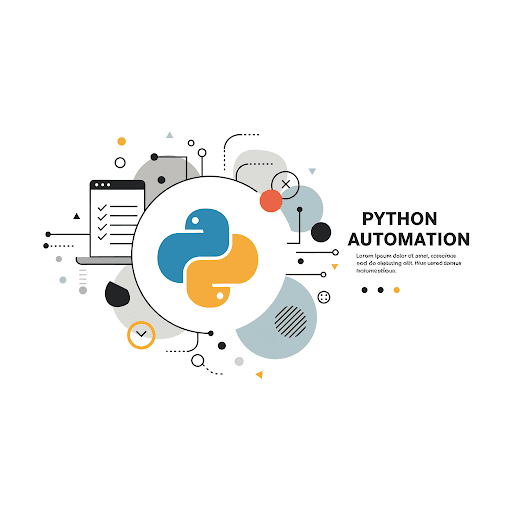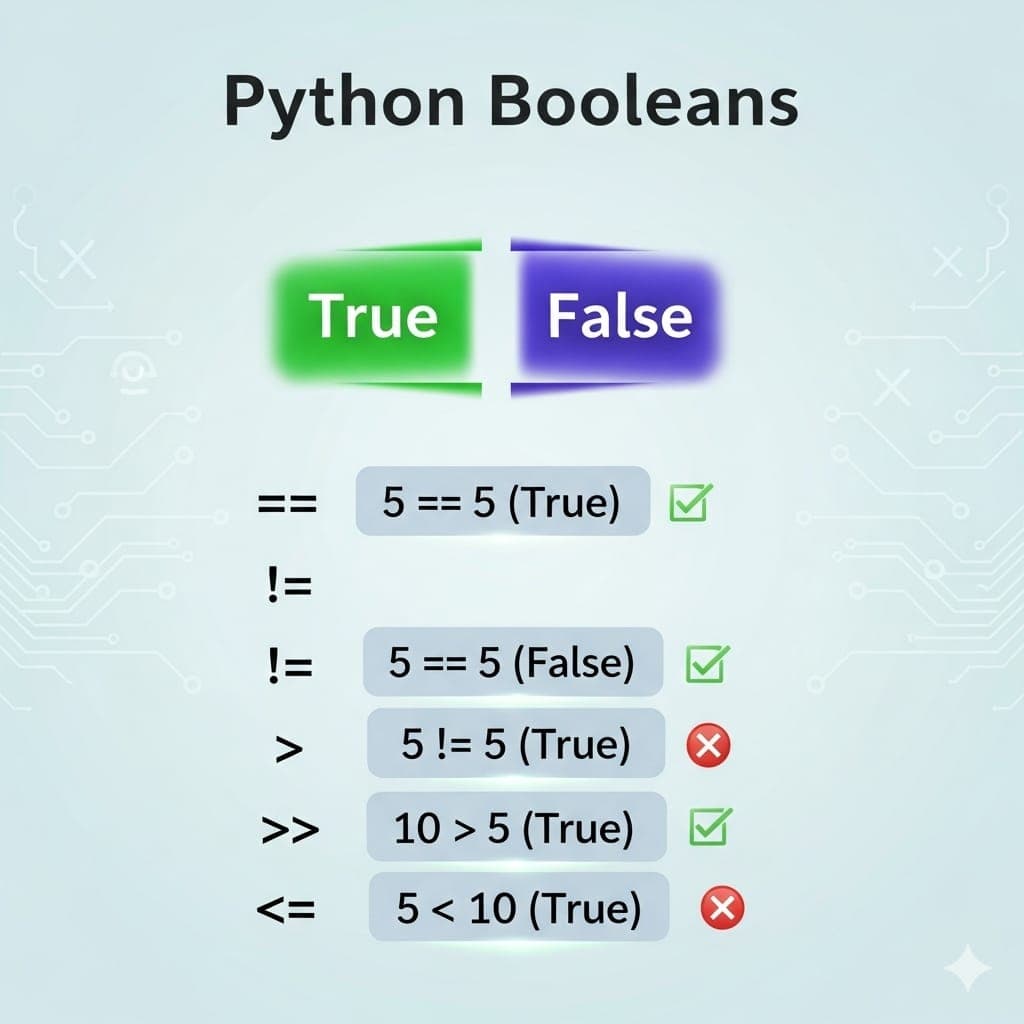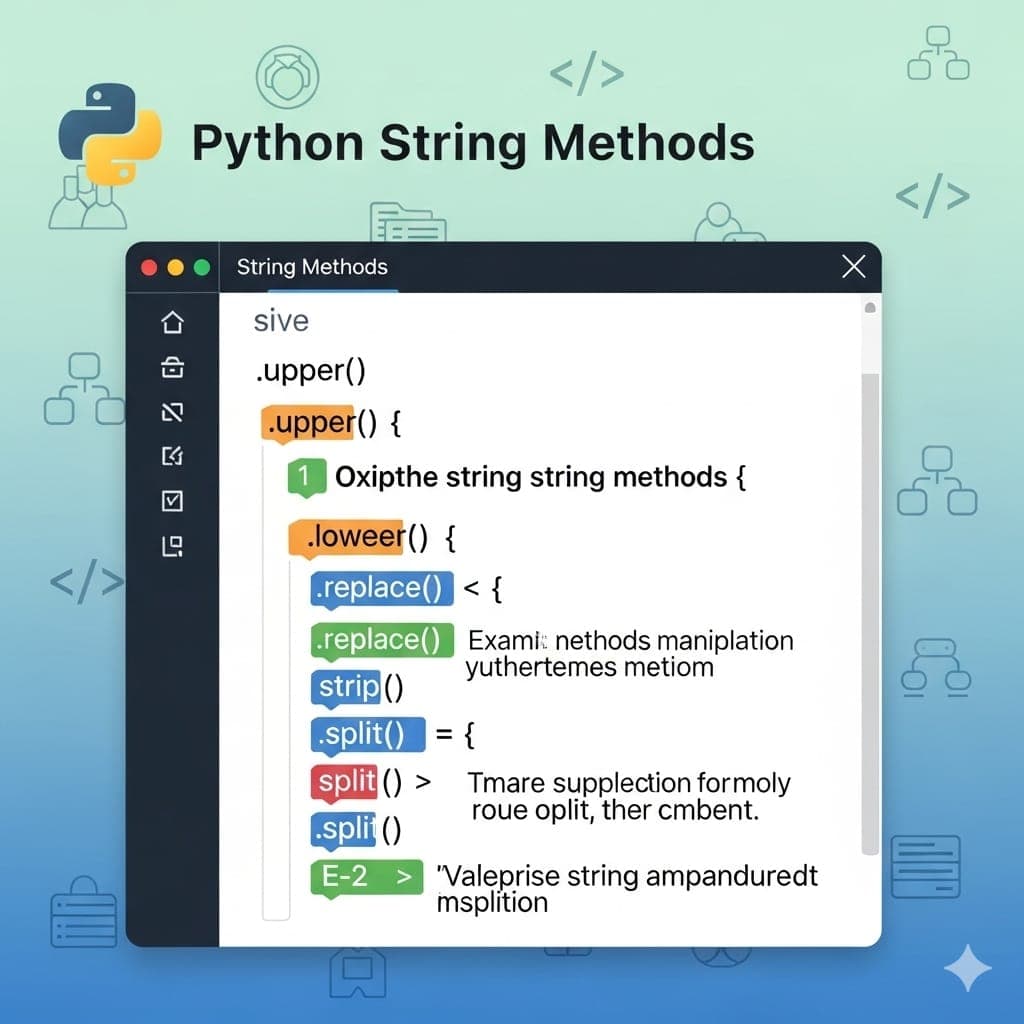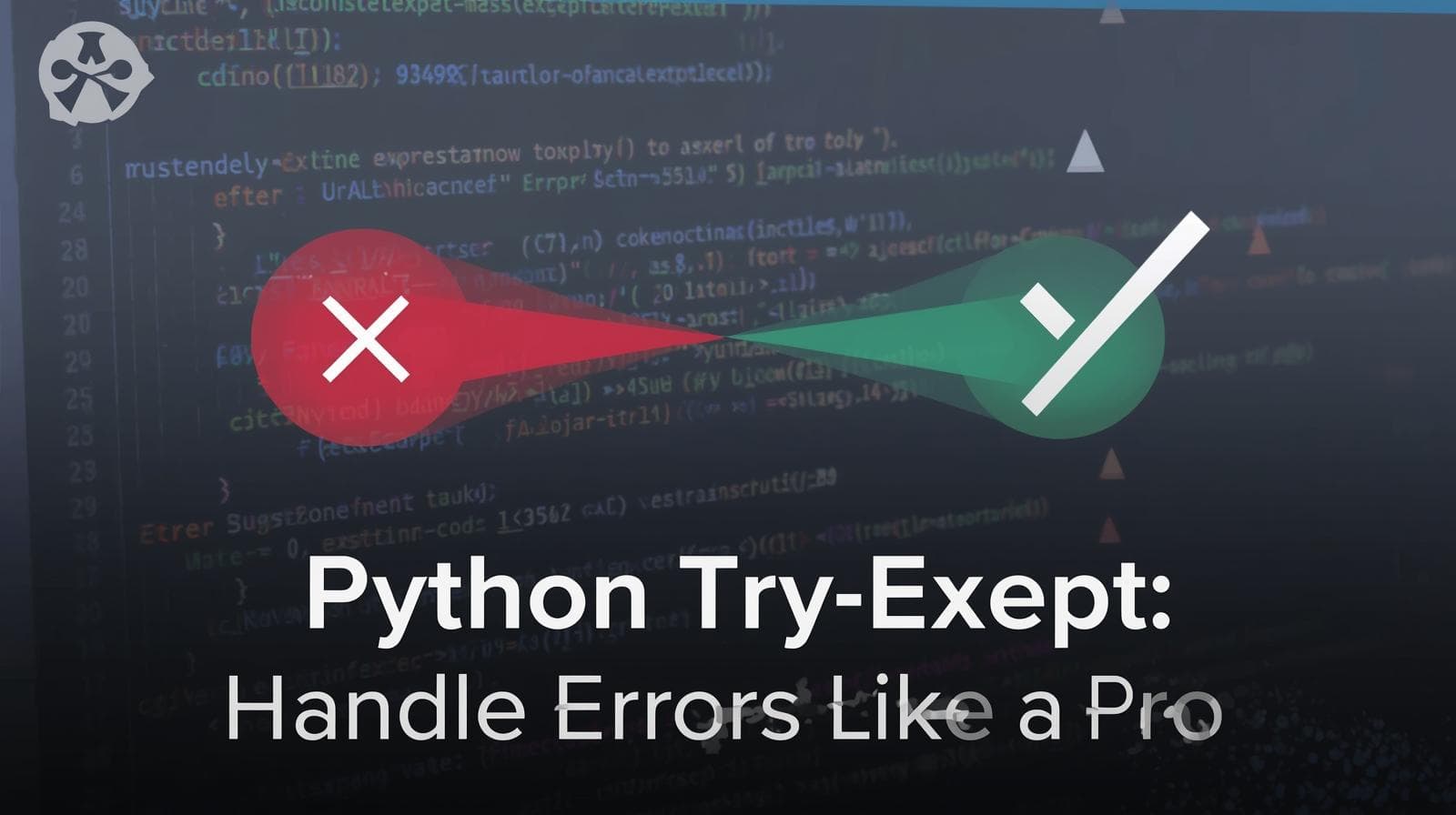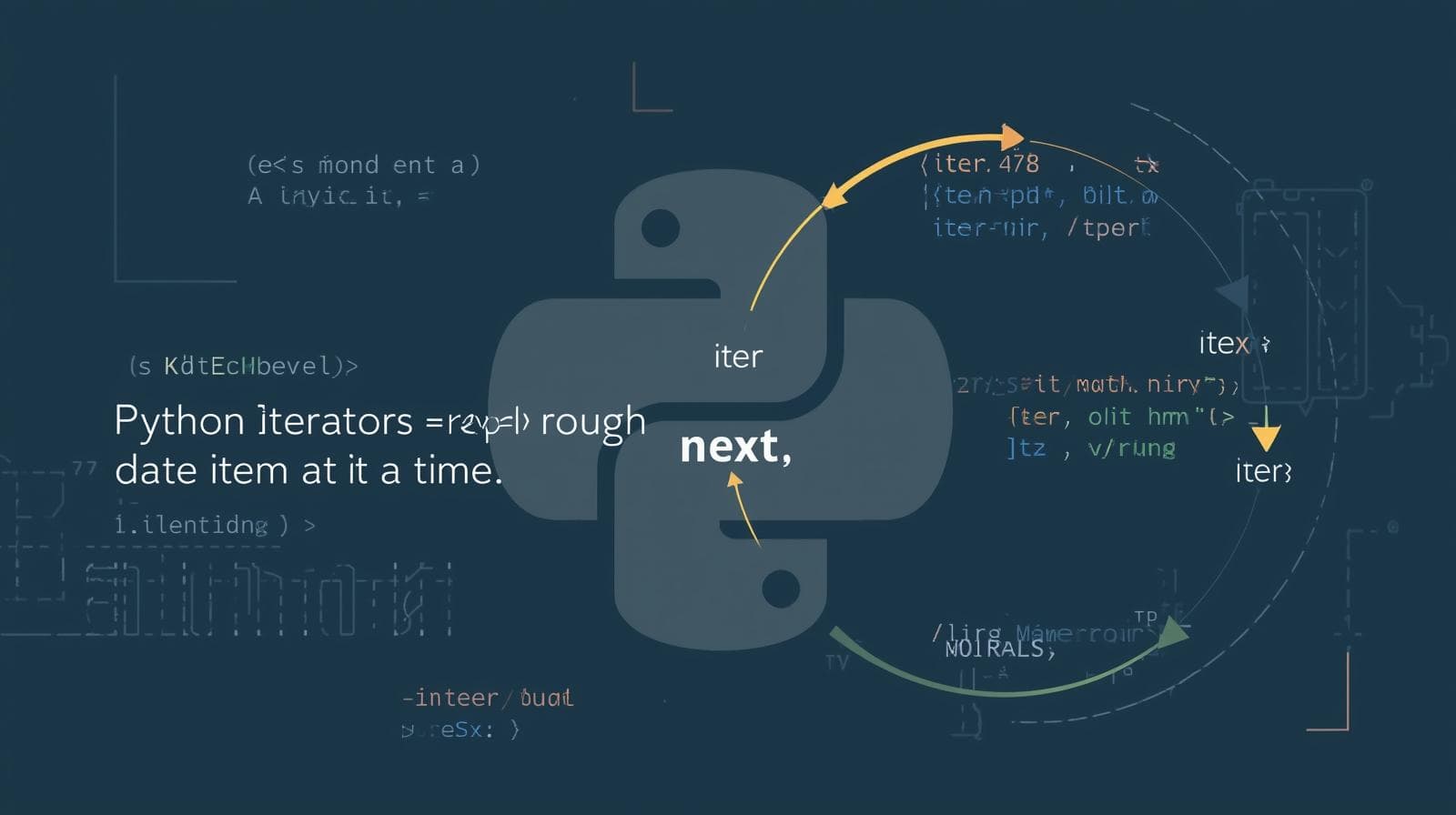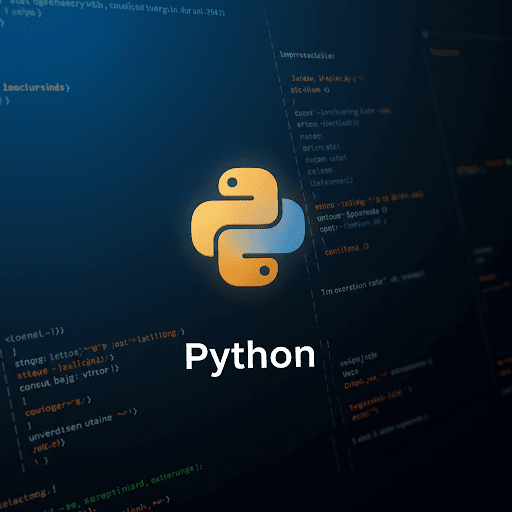DSA Using Python – Learn Data Structures and Algorithms Easily

Master Data Structures and Algorithms (DSA) in Python with this easy-to-follow guide. Learn sorting, searching, stacks, queues, and more with Python code examples.

DSA Using Python – Learn Data Structures and Algorithms Easily
DSA Using Python – A Beginner’s Guide to Data Structures and Algorithms
Data Structures and Algorithms (DSA) form the backbone of efficient programming and problem-solving. Whether you're preparing for coding interviews or improving your programming skills, mastering DSA in Python can be a game-changer. This guide will introduce you to essential data structures and algorithms in Python.
What is DSA?
DSA stands for Data Structures and Algorithms.
Data Structures: Ways to store and organize data (e.g., arrays, linked lists, stacks).
Algorithms: Step-by-step procedures to solve a problem (e.g., sorting, searching).
Python provides built-in support for many data structures, making it a great language to learn DSA.
Key Data Structures in Python
1. Arrays (Lists in Python)
Python’s built-in list acts as a dynamic array.
pythonCopyEdit
arr = [1, 2, 3, 4, 5] arr.append(6) # Add element arr.pop() # Remove last element print(arr)
2. Linked List
Unlike arrays, linked lists use nodes with pointers.
pythonCopyEdit
class Node: def __init__(self, data): self.data = data self.next = None class LinkedList: def __init__(self): self.head = None def insert(self, data): new_node = Node(data) new_node.next = self.head self.head = new_node def display(self): temp = self.head while temp: print(temp.data, end=" -> ") temp = temp.next ll = LinkedList() ll.insert(10) ll.insert(20) ll.display()
3. Stack (LIFO Structure)
Stack follows Last-In-First-Out (LIFO) principle.
pythonCopyEdit
stack = [] stack.append(10) # Push stack.append(20) print(stack.pop()) # Pop last element
4. Queue (FIFO Structure)
Queue follows First-In-First-Out (FIFO) principle.
pythonCopyEdit
from collections import deque queue = deque() queue.append(10) queue.append(20) print(queue.popleft()) # Remove first element
5. HashMap (Dictionary in Python)
Dictionaries allow fast lookups.
pythonCopyEdit
hashmap = {'a': 1, 'b': 2} print(hashmap['a']) # Access element hashmap['c'] = 3 # Insert new key-value pair
Key Algorithms in Python
1. Sorting Algorithms
Bubble Sort
pythonCopyEdit
def bubble_sort(arr): n = len(arr) for i in range(n): for j in range(0, n-i-1): if arr[j] > arr[j+1]: arr[j], arr[j+1] = arr[j+1], arr[j] return arr print(bubble_sort([64, 34, 25, 12, 22]))
Quick Sort
pythonCopyEdit
def quick_sort(arr): if len(arr) <= 1: return arr pivot = arr[len(arr) // 2] left = [x for x in arr if x < pivot] middle = [x for x in arr if x == pivot] right = [x for x in arr if x > pivot] return quick_sort(left) + middle + quick_sort(right) print(quick_sort([64, 34, 25, 12, 22]))
2. Searching Algorithms
Linear Search
pythonCopyEdit
def linear_search(arr, target): for i in range(len(arr)): if arr[i] == target: return i return -1 print(linear_search([10, 20, 30, 40], 30))
Binary Search (Efficient for Sorted Lists)
pythonCopyEdit
def binary_search(arr, target): left, right = 0, len(arr) - 1 while left <= right: mid = (left + right) // 2 if arr[mid] == target: return mid elif arr[mid] < target: left = mid + 1 else: right = mid - 1 return -1 print(binary_search([10, 20, 30, 40], 30))
Why Learn DSA in Python?
Easy Syntax: Python’s simple syntax makes DSA concepts easier to grasp.
Rich Libraries: Python offers built-in support for many algorithms (e.g.,
heapq,collections).Great for Coding Interviews: Many companies like Google, Amazon, and Microsoft use Python in coding interviews.
Conclusion
Learning DSA in Python is essential for software engineers, data scientists, and competitive programmers. Start with basic data structures like lists and stacks, then move to advanced concepts like graphs and dynamic programming. Practicing problems on platforms like Leetcode, CodeChef, and HackerRank will strengthen your DSA skills. 🚀
